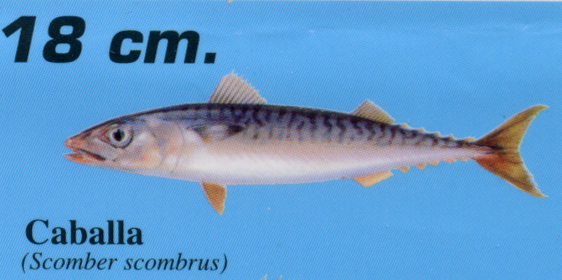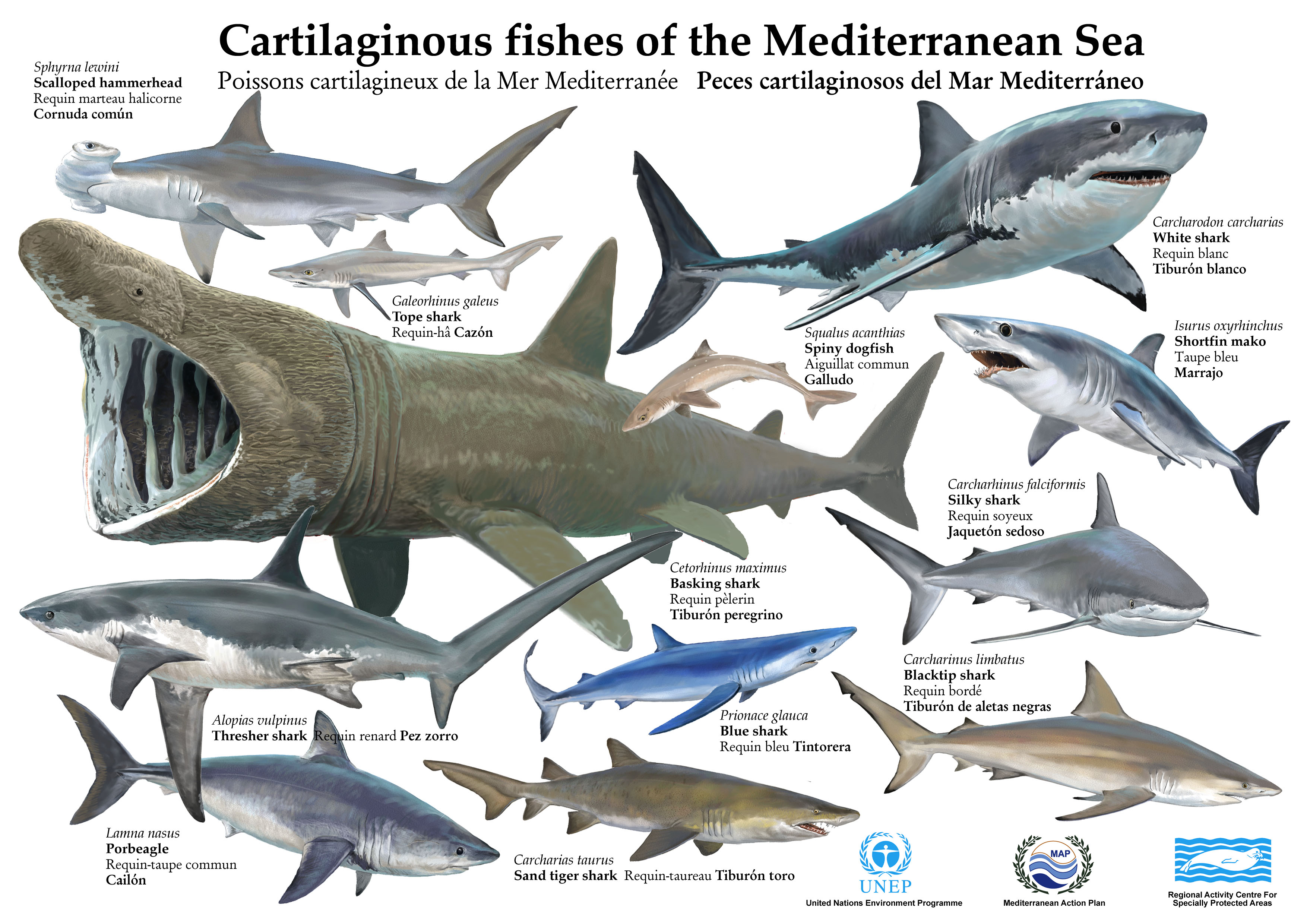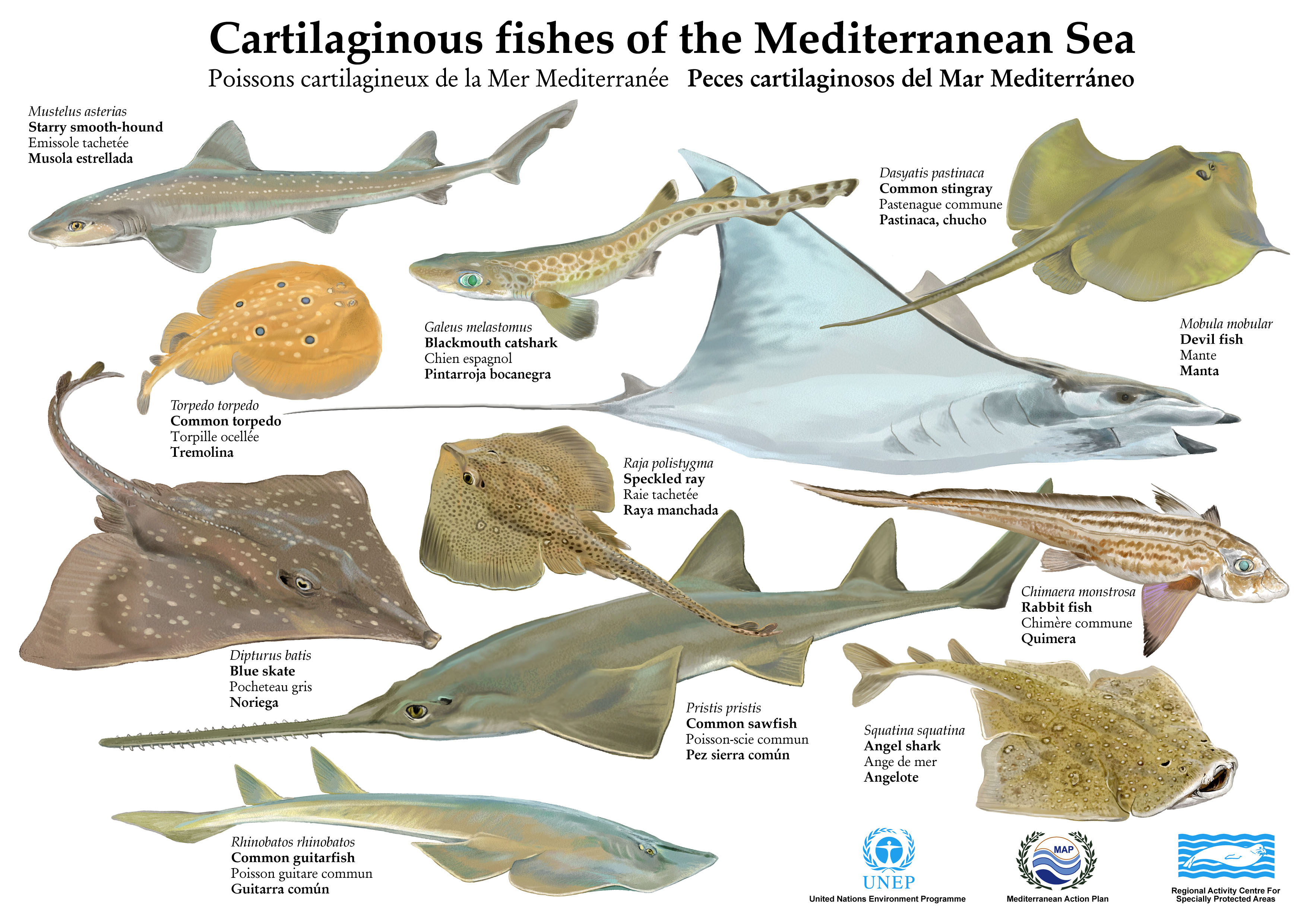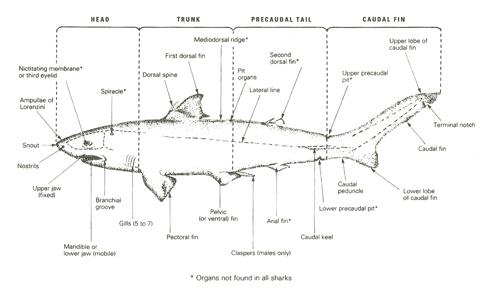Of the four Mk28-type hydrogen bombs the B-52G carried,[2] three were found on land near the small fishing village of Palomares in the municipality of Cuevas del Almanzora, Almería, Spain. The non-nuclear explosives in two of the weapons detonated upon impact with the ground, resulting in the contamination of a 2-square-kilometer (490-acre) (0.78 square mile) area by plutonium. The fourth, which fell into the Mediterranean Sea, was recovered intact after a 2½-month-long search

The casings of two B28 nuclear bombs involved in the Palomares incident
are on display at the National Museum of Nuclear Science and History, in
Albuquerque, NM
Operación Flecha Rota
Salen a la luz imágenes inéditas del accidente nuclear de Palomares
Pablo Ordaz
Madrid
8 MAY 2003
Era una especie de juego de niño grande. Al escuchar el ruido de los
aviones sobre el cielo de Palomares (Almería), el agricultor Julio Ponce
miraba su reloj y comprobaba satisfecho que eran las diez y media de la
mañana, a veces un minuto arriba, a veces un minuto abajo. Hacía nueve
años que Ponce se dedicaba, por encargo del boticario de Vera, a llevar
un registro diario de las precipitaciones en Palomares. Aquella mañana
del 17 de enero de 1966, el agricultor también esperaba que las dos
parejas de aviones llegaran puntuales a su cita. Hacía mucho viento, y
Ponce lo anotó en su libreta.
Ni él ni ninguno de sus vecinos llegaron a sospechar nunca a qué se debía tanto trajín aéreo. Nadie les había dicho que se trataba de dos superbombarderos norteamericanos B-52, cargados cada uno con cuatro bombas termonucleares de 1,5 megatones -75 veces más potentes que las lanzadas sobre Hiroshima y Nagasaki-. Aquellos aviones cubrían cada día la misma ruta. Procedentes de Estados Unidos, entraban por el noroeste de la península Ibérica, eran abastecidos en vuelo por dos aviones cisternas KC-135 a la altura de Zaragoza y seguían su camino por el Mediterráneo hasta la frontera de Turquía con las entonces repúblicas soviéticas de Georgia y Azerbaiyán. Allí se mantenían en vuelo circular hasta que llegaba el relevo. Era al regreso cuando entraban en España por el sureste en vuelo visual.
Ni el agricultor Ponce ni mucho menos Gracia la Gitana, una mujer que, montada en un borrico, visitaba los pueblos vendiendo ropa de ajuar a las muchachas casaderas, sabían que aquellos aviones se guiaban por la desembocadura del río Almanzora para repostar combustible de vuelta a casa. Ni que, desde 1957, habían transitado sobre sus cabezas 23.360 bombas de hidrógeno, con un poder total de 258.420 megatones, más que suficientes para haber convertido la Tierra en un desierto vacío.
Lo cierto es que aquella mañana de 1966, los dos B-52 llegaron a la cita con ocho minutos de adelanto. Uno de ellos colisionó con su nodriza y se estrelló sobre el campo de Palomares dejando caer cuatro bombas termonucleares. Dos de ellas liberaron 3 kilogramos de plutonio 239, otra se recuperó intacta y la cuarta cayó al mar, localizándose unos meses después gracias al testimonio de un pescador que hasta entonces se había llamado Francisco Simó y desde ese día pasó a ser Paco el de la Bomba. ¿Qué ocurrió entonces en Palomares?
La respuesta tenía hasta ahora mucho de misterio. Lo único que se difundió fue que el entonces ministro de Información y Turismo, Manuel Fraga Iribarne, viajó a la zona acompañado por el embajador norteamericano, Angier Biddle Duke, para darse un baño juntos y tranquilizar a la población, momento que oportunamente recogieron las cámaras del NO-DO. Y hasta eso, aun con cámaras de por medio, tiene mucho de leyenda: hay quien sigue sosteniendo que Fraga y sus acompañantes se bañaron en Mojácar, a 15 kilómetros de Palomares. Pero el resto -lo verdaderamente importante- quedó tan oculto a los ojos de la opinión pública como lo habían estado antes los vuelos de los B-52.
Fue precisamente ayer cuando el Centro Andaluz de la Fotografía, que dirige Manuel Falces, inauguró en Almería una exposición titulada Operación Flecha Rota donde se muestran 60 fotografías inéditas sobre el accidente nuclear de Palomares. Y lo que se ve en esas fotografías forma parte de la memoria que nunca tuvieron los vecinos de Palomares. Apenas tres cuartos de hora después de producirse el accidente, los norteamericanos pusieron en funcionamiento un plan de emergencia llamado Broken Arrow (Flecha Rota) y acotaron junto a la playa de Quitapellejos una zona cerrada que bautizaron como Campamento Wilson.
Ningún vecino de Palomares supo nunca a ciencia cierta qué estaba pasando tras la valla de Villa Jarapa -lo de Wilson era demasiado difícil de pronunciar-; ni a qué se dedicaban los 800 soldados americanos allí trasladados.Y es eso precisamente lo que desvela, 36 años después del accidente nuclear, la exposición inaugurada ayer.
"La localización del material", explican Antonio Sánchez Picón y José Herrera, coordinadores de la muestra, "fue fruto de una mezcla de azar y labor de investigación. Cuando conseguimos acceder a los fondos desclasificados de los Archivos Nacionales de Estados Unidos nos quedamos muy sorprendidos: 36 registros contenían filmaciones en 16 milímetros, en color y mudas, fechadas entre enero y marzo de 1966, realizadas en Palomares y sus alrededores". Una vez conseguidas las películas, Sánchez Picón y Herrera se quedaron impresionados. Allí tenían toda la memoria robada: ocho horas y media de filmación, 700.000 fotogramas de los que han seleccionado 60 para la exposición, sólo un anticipo de la película que quieren hacer.
Allí aparecen los restos de los aviones y de las bombas, los trabajos de los hombres rana, los 4.810 barriles con la tierra contaminada -los norteamericanos rasparon y envasaron 105 hectáreas-, las reuniones del alto mando, la actuación de un grupo de música pop traído expresamente para elevar la moral de la tropa, ya que el contacto con los nativos estaba restringido...
También aparece -y es igualmente esclarecedor- lo que los americanos vieron y les impresionó de España. Hombres con boinas y camisas abotonadas hasta el cuello que saludaban militarmente para congraciarse con los soldados, una niña comiéndose un tomate para demostrar que no había peligro, Juana la Gitana y su marido encima del borrico, un guardia civil flaco y con tricornio intentando entenderse con un oficial de la Sandia Corporation...; niños y adultos arremolinándose junto al camión de reparto de alimentos. La España que nunca salía en el NO-DO fue filmada por los americanos y guardada durante tres décadas en los Archivos Nacionales de Estados Unidos. De aquella época sólo queda Fraga y el fantasma de la radioactividad en Palomares.
Ni él ni ninguno de sus vecinos llegaron a sospechar nunca a qué se debía tanto trajín aéreo. Nadie les había dicho que se trataba de dos superbombarderos norteamericanos B-52, cargados cada uno con cuatro bombas termonucleares de 1,5 megatones -75 veces más potentes que las lanzadas sobre Hiroshima y Nagasaki-. Aquellos aviones cubrían cada día la misma ruta. Procedentes de Estados Unidos, entraban por el noroeste de la península Ibérica, eran abastecidos en vuelo por dos aviones cisternas KC-135 a la altura de Zaragoza y seguían su camino por el Mediterráneo hasta la frontera de Turquía con las entonces repúblicas soviéticas de Georgia y Azerbaiyán. Allí se mantenían en vuelo circular hasta que llegaba el relevo. Era al regreso cuando entraban en España por el sureste en vuelo visual.
Ni el agricultor Ponce ni mucho menos Gracia la Gitana, una mujer que, montada en un borrico, visitaba los pueblos vendiendo ropa de ajuar a las muchachas casaderas, sabían que aquellos aviones se guiaban por la desembocadura del río Almanzora para repostar combustible de vuelta a casa. Ni que, desde 1957, habían transitado sobre sus cabezas 23.360 bombas de hidrógeno, con un poder total de 258.420 megatones, más que suficientes para haber convertido la Tierra en un desierto vacío.
Lo cierto es que aquella mañana de 1966, los dos B-52 llegaron a la cita con ocho minutos de adelanto. Uno de ellos colisionó con su nodriza y se estrelló sobre el campo de Palomares dejando caer cuatro bombas termonucleares. Dos de ellas liberaron 3 kilogramos de plutonio 239, otra se recuperó intacta y la cuarta cayó al mar, localizándose unos meses después gracias al testimonio de un pescador que hasta entonces se había llamado Francisco Simó y desde ese día pasó a ser Paco el de la Bomba. ¿Qué ocurrió entonces en Palomares?
La respuesta tenía hasta ahora mucho de misterio. Lo único que se difundió fue que el entonces ministro de Información y Turismo, Manuel Fraga Iribarne, viajó a la zona acompañado por el embajador norteamericano, Angier Biddle Duke, para darse un baño juntos y tranquilizar a la población, momento que oportunamente recogieron las cámaras del NO-DO. Y hasta eso, aun con cámaras de por medio, tiene mucho de leyenda: hay quien sigue sosteniendo que Fraga y sus acompañantes se bañaron en Mojácar, a 15 kilómetros de Palomares. Pero el resto -lo verdaderamente importante- quedó tan oculto a los ojos de la opinión pública como lo habían estado antes los vuelos de los B-52.
Fue precisamente ayer cuando el Centro Andaluz de la Fotografía, que dirige Manuel Falces, inauguró en Almería una exposición titulada Operación Flecha Rota donde se muestran 60 fotografías inéditas sobre el accidente nuclear de Palomares. Y lo que se ve en esas fotografías forma parte de la memoria que nunca tuvieron los vecinos de Palomares. Apenas tres cuartos de hora después de producirse el accidente, los norteamericanos pusieron en funcionamiento un plan de emergencia llamado Broken Arrow (Flecha Rota) y acotaron junto a la playa de Quitapellejos una zona cerrada que bautizaron como Campamento Wilson.
Ningún vecino de Palomares supo nunca a ciencia cierta qué estaba pasando tras la valla de Villa Jarapa -lo de Wilson era demasiado difícil de pronunciar-; ni a qué se dedicaban los 800 soldados americanos allí trasladados.Y es eso precisamente lo que desvela, 36 años después del accidente nuclear, la exposición inaugurada ayer.
"La localización del material", explican Antonio Sánchez Picón y José Herrera, coordinadores de la muestra, "fue fruto de una mezcla de azar y labor de investigación. Cuando conseguimos acceder a los fondos desclasificados de los Archivos Nacionales de Estados Unidos nos quedamos muy sorprendidos: 36 registros contenían filmaciones en 16 milímetros, en color y mudas, fechadas entre enero y marzo de 1966, realizadas en Palomares y sus alrededores". Una vez conseguidas las películas, Sánchez Picón y Herrera se quedaron impresionados. Allí tenían toda la memoria robada: ocho horas y media de filmación, 700.000 fotogramas de los que han seleccionado 60 para la exposición, sólo un anticipo de la película que quieren hacer.
Allí aparecen los restos de los aviones y de las bombas, los trabajos de los hombres rana, los 4.810 barriles con la tierra contaminada -los norteamericanos rasparon y envasaron 105 hectáreas-, las reuniones del alto mando, la actuación de un grupo de música pop traído expresamente para elevar la moral de la tropa, ya que el contacto con los nativos estaba restringido...
También aparece -y es igualmente esclarecedor- lo que los americanos vieron y les impresionó de España. Hombres con boinas y camisas abotonadas hasta el cuello que saludaban militarmente para congraciarse con los soldados, una niña comiéndose un tomate para demostrar que no había peligro, Juana la Gitana y su marido encima del borrico, un guardia civil flaco y con tricornio intentando entenderse con un oficial de la Sandia Corporation...; niños y adultos arremolinándose junto al camión de reparto de alimentos. La España que nunca salía en el NO-DO fue filmada por los americanos y guardada durante tres décadas en los Archivos Nacionales de Estados Unidos. De aquella época sólo queda Fraga y el fantasma de la radioactividad en Palomares.




